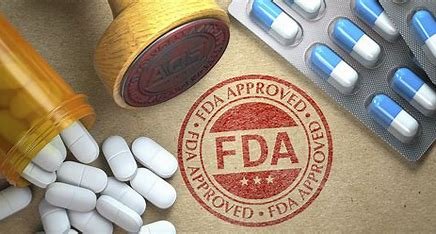Discover how the FDA ensures the safety and efficacy of drugs through a rigorous approval process and ongoing monitoring. Learn about their responsibilities and what they do not regulate.
What is FDAs Role in Regulating Drugs?
The FDA is in charge of approving new drugs and ensuring that such drugs are safe, effective, and do what they promise. But Howis it done? The question is how are decisions made and whose best interest are those decisions in? What is their job, and what is not?
These all are burning questions because that is precisely what the FDA asks and answers. The dedicated staff in the FDA’s Center for Drug Evaluation and Research are experts at evaluating the risks and benefits of drug products, as well as marketing applications.
Good for Safe and Effective Drug
Assessing and regulating new drugs to check whether they are competent and safe for their particular use is one of the main tasks the FDA has in its domain. The FDA accomplishes this through a robust process of scientific evaluation, data analysis and regulatory oversight.
Overview on how the FDA performs this critical task:
Regulatory Science: The FDA employs thousands of scientists who analyze huge amounts of data relating to drug development and use. They look at clinical trial data, laboratory studies, and other scientific evidence to determine whether a drug is safe and works.
Research Assessment: The FDA evaluates research performed by pharmaceutical companies and independent researchers to determine whether a drug is safe enough to be approved. This review is an assessment some potential benefits and harms of the drug.
Safety Assessment: The primary question we are trying to answer is “is this new drug safe? The FDA reviews safety data for the drug to be sure that there is no harm associated with it.
Effective Assessment: The FDA also evaluates whether a drug actually works. Does it have the desired therapeutic effects for a patient? This question is critical in the context of drug approval.
Risk-Benefit Analysis: The FDA determines if the benefits of a drug outweigh its possible risks. This balance is designed to assure that new drugs approved for marketing have a favorable risk-benefit profile, thus allowing for maximal medical benefit with minimal threat to patient safety.
Monitoring Post-Approval:
Following Approval of a Drug,FDA Responsibilities do not end: Even years later,the agency still keeps an eye on it to ensure its safety and quality. The purpose of this surveillance post-approval is to ensure drugs meet safety and efficacy standards on the market.
Guided by Science and Data
The decisions of the FDA are industry and politics –agnostic: Science and Data Drive FDA Decision Making. This dedication to truth-seeking ensures that public health is the priority above all else at CDC. FDA is neutral and needs to be balanced to protect the interests of patients as well as healthcare providers.
What the FDA Does Not Do?
To be clear — this is what the FDA DOES NOT DO:
FDA does not conduct clinical trials: The agency, of course, oversees clinical trials to determine safety and efficacy of new drugs or treatments, But FDA does NOT conduct clinical trials themselves. It is pharmaceutical companies and research institutions that are responsible for the clinical trials.
Cost of Drugs: . The price of a drug is related to market forces, insurance companies, and government regulations. The FDA is concerned with assuring that approved drugs are safe and effective, not with regulating drug pricing.
FDA in Medical Practice: The FDA does not interfere with the patient and physician relationship. It is not a substitute for professional medical care and does not provide treatment or advice. It is concerned with drug safety and efficacy.
The FDA response: The FDA and its scientists take their role in public health very seriously, and when it comes to the approval of prescription medication it is their job to equip Americans with the most reliable and accurate science-based information they need to make informed choices about using medicines. They do so by asking the important questions, doing the research to find what is already known and seeing if a scientific lens can lead us to the answers.
Conclusion
The FDA’s unwavering dedication to safety and efficacy ensures that the drugs patients use achieve only the highest levels of quality and contribute to positive public health outcomes.
Get in touch with BioBoston Consulting now or visit our services page for more information on what we do.


